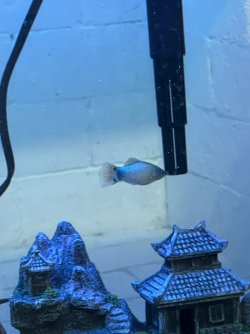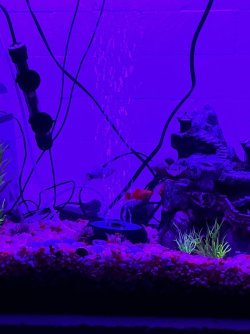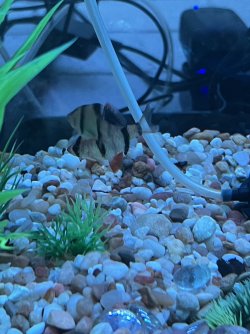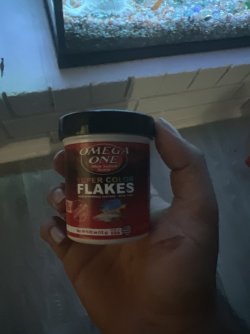Beginner_Sam
New Member
fish fam!  Welcomed six gorgeous fish to my tank today and I've been totally mesmerized watching them for an hour straight.
Welcomed six gorgeous fish to my tank today and I've been totally mesmerized watching them for an hour straight.  Big plans ahead - adding 9 more finned friends in just a couple of weeks!
Big plans ahead - adding 9 more finned friends in just a couple of weeks!  Also getting a spacious 150-gallon tank(2nd tank) with an advanced FX4 filter too – it's on its way!
Also getting a spacious 150-gallon tank(2nd tank) with an advanced FX4 filter too – it's on its way! 

Now, here's where you come in – I'd love your expert advice!
 Whether it's suggestions for fish that'll thrive in my bigger tank or tips on maintaining my aquatic oasis, drop your pearls of wisdom below.
Whether it's suggestions for fish that'll thrive in my bigger tank or tips on maintaining my aquatic oasis, drop your pearls of wisdom below.  Consider yourselves my fishy mentors!
Consider yourselves my fishy mentors! 
 Let's dive into this fin-tastic journey together!
Let's dive into this fin-tastic journey together! 

what fish should I get next ?
Now, here's where you come in – I'd love your expert advice!
what fish should I get next ?






